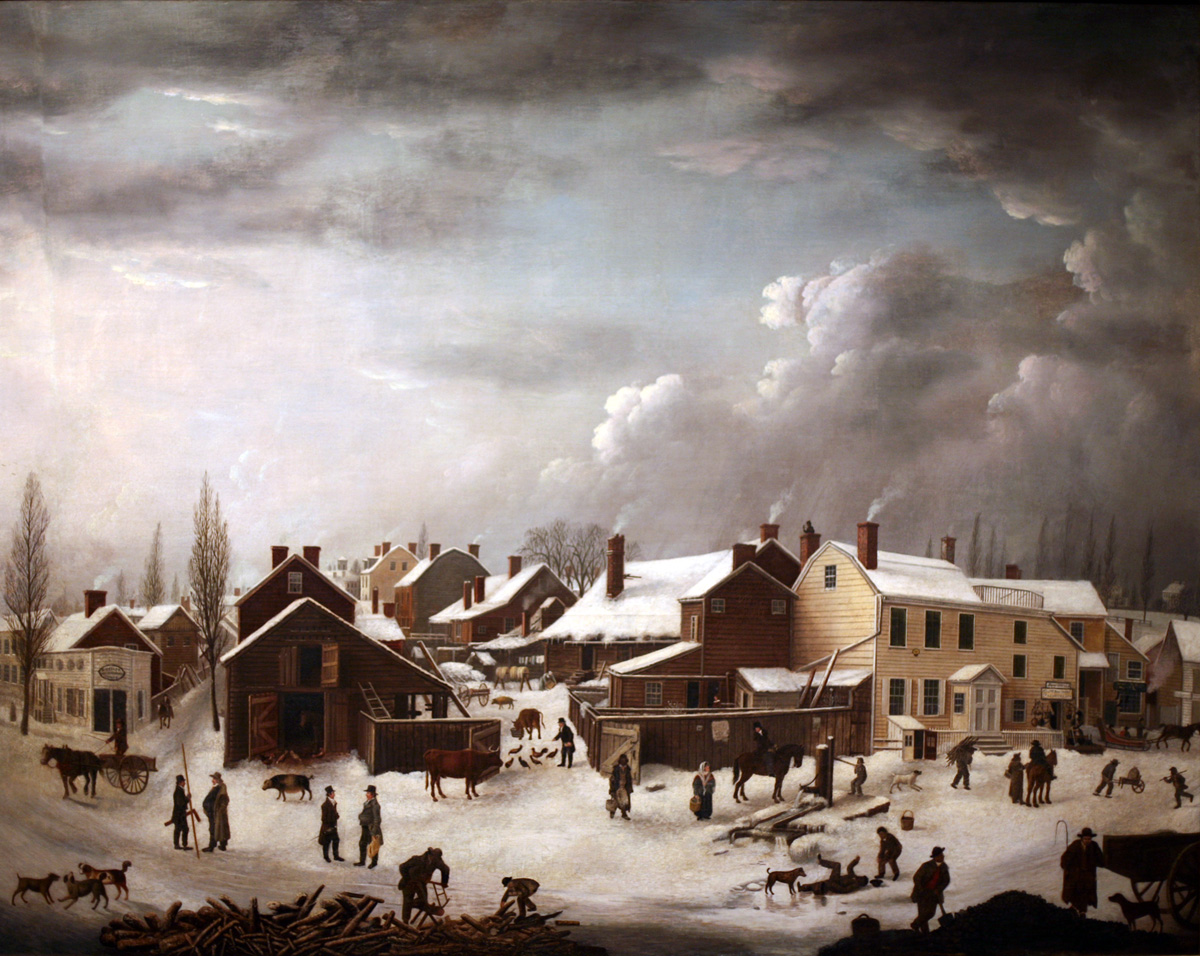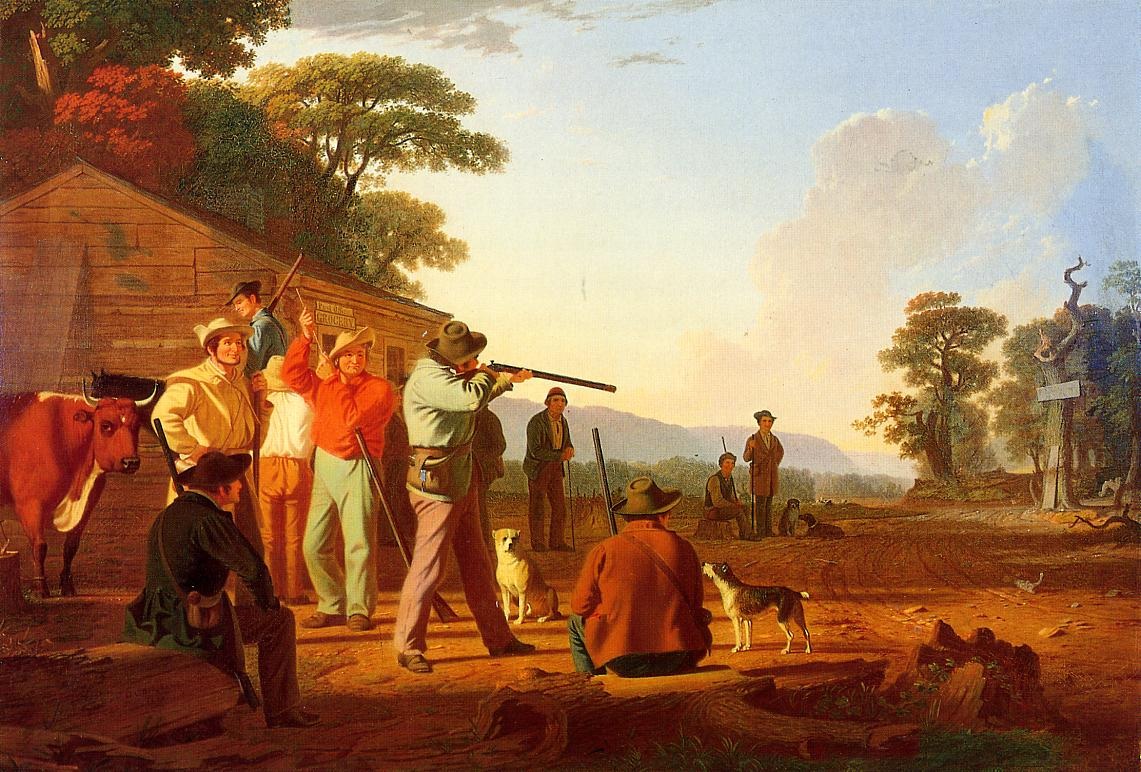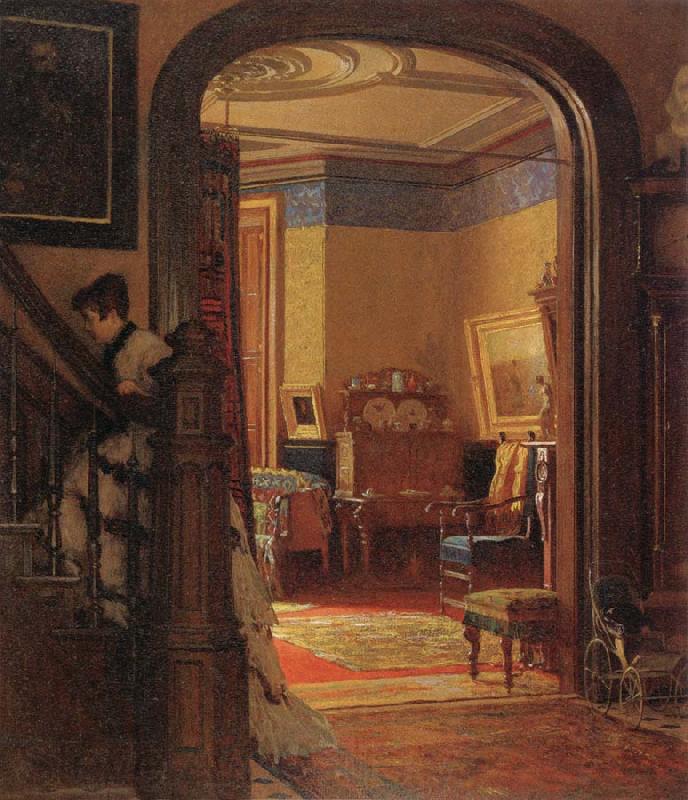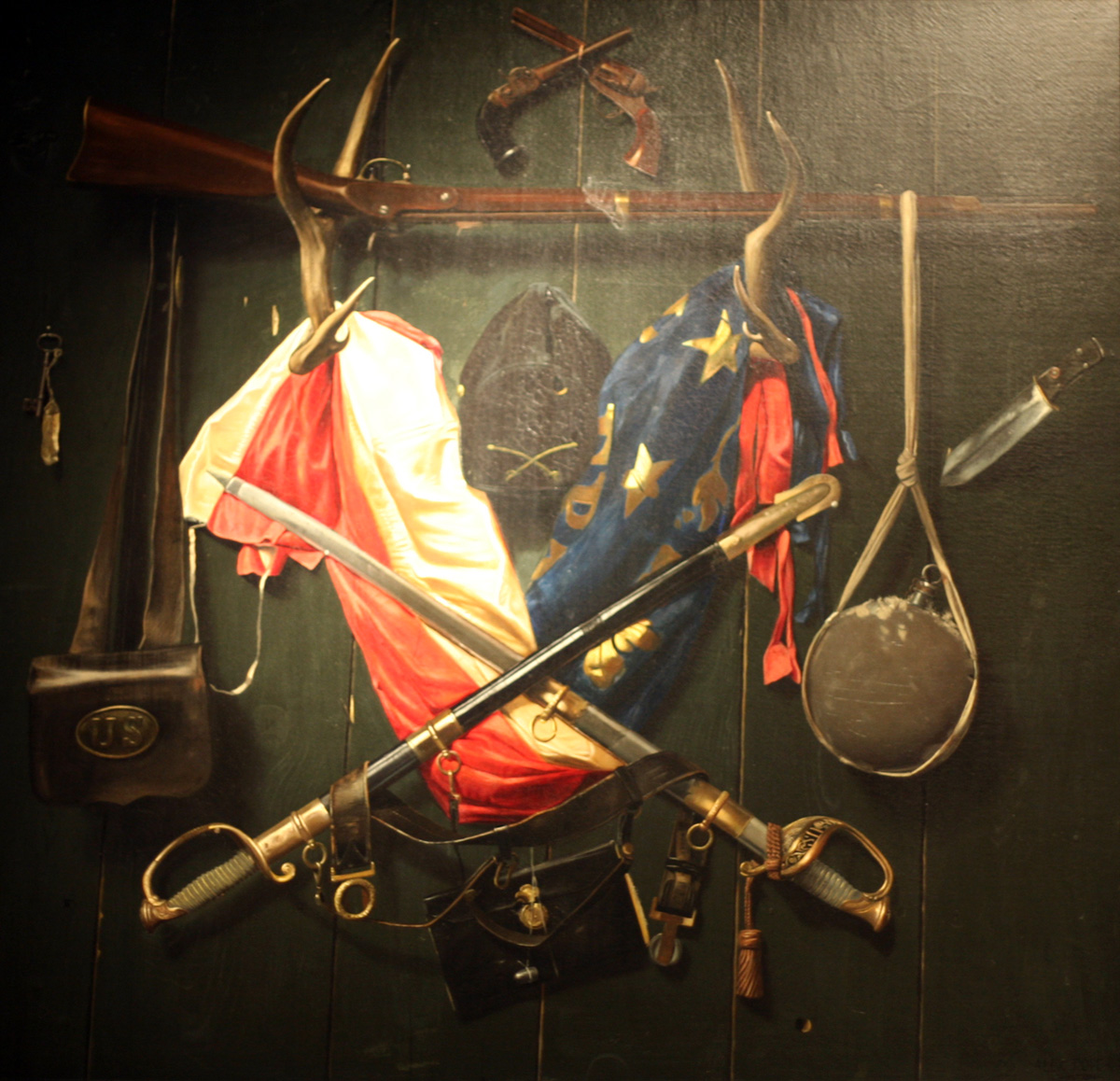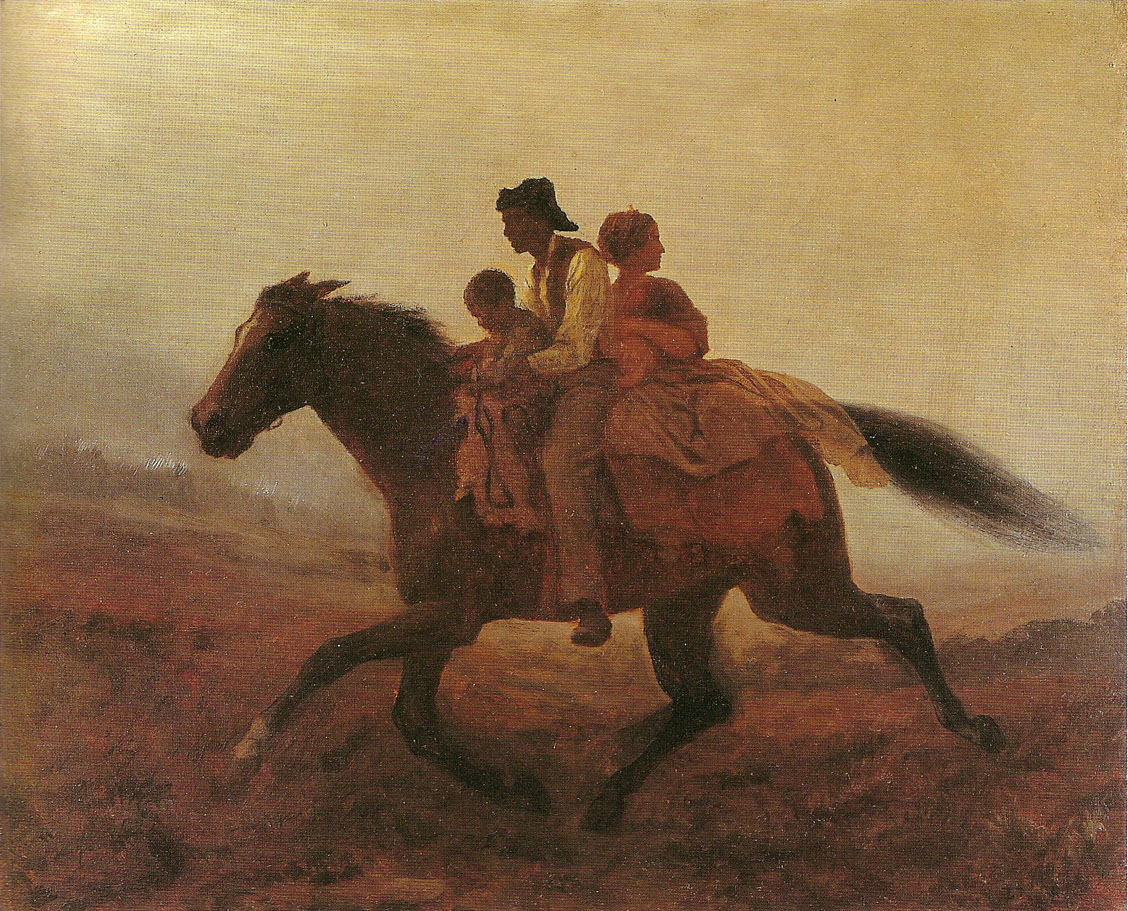Tuesday, July 10, 2012
American Identities: A Reinterpretation of American Art
American Identities: A Reinterpretation of American Art at the Brooklyn Museum of Art, went on long-term view on September 7, 2001. American Identities included nearly two hundred paintings, sculptures, and works on paper ranging from colonial portraits to distinguished works by artists such as John Singleton Copley, Thomas Cole, Albert Bierstadt, Thomas Eakins, Childe Hassam, and John Singer Sargent, to twentieth-century paintings by Stuart Davis, Ad Reinhardt, Richard Diebenkorn, Barbara Kruger, and others. These works will be complemented by more than 125 related holdings representing the depth and quality of the Museum’s Decorative Arts collections, among them furniture, ceramics, silver, Tiffany objects, textiles, Spanish colonial material, and Native American objects.
The presentation began with an Orientation Section that included
Asher B. Durand’s The First Harvest in the Wilderness;
Francis Guy’s Winter Scene in Brooklyn,which illustrates Brooklyn’s racial diversity in the early 19th century and was one of the first works to enter the collection;
Georgia O’Keeffe’s rendering of the Brooklyn Bridge;
and a basket made by the last living Brooklyn Canarsie Indian.
From Colony to Nation explored the transformation of colonial societies into an emerging nation in search of a symbolic and stylistic identity.
Works on view included portraits by painters such John Singleton Copley, Gilbert Stuart, and Charles Willson Peale, along with objects including an 18th-century silver tankard made in New York; a pair of early 19th-century Sevres vases adorned with portraits of John Adams and Thomas Jefferson, and a door and doorframe from a Brooklyn house, as well as Spanish colonial material.
Inventing American Landscape dealt with the development of the American tradition of landscape painting in the 19th century and its continuing role in expressing the national identity.
Among the works in this section were Albert Bierstadt’s monumental A Storm in the Rocky Mountains-Mount Rosalie
and Thomas Cole’s A View of the Two Lakes Mountain House, Catskill Mountains Morning,
along with such 20th-century works as Arthur B. Dove’s Flat Surfaces; Richard Diebenkorn’s non-objective Ocean Park No. 27; and Pat Steir’s Everlasting Waterfall.
American Art Home Life, which explored how Americans have defined their daily customs from the early Republic to the present, included works such as George Caleb Bingham’s genre frontier landscape Shooting for the Beef;
Eastman Johnson’s urban interior Not At Home;
Larry Rivers’s July; and Florine Stettheimer’s evocation of ennui, Heat; a Herter Brothers Mantel from the Sloan Griswold House that has not been on view for a quarter century; along with 19th- and 20th century still-life paintings; household objects and furniture; and works by women of the Arts and Crafts movement.
The visual culture of the Civil War was examined in A Nation Divided.
Included were Alexander Pope ’s Emblems of the Civil War
and Eastman Johnson’s Ride for Liberty.
Post Civil War expansion of American worldliness and the fascination with the exotic were dealt with in the section Crossing Borders.
The new and energetic eclecticism in artistic styles and subjects were represented by works such as Frederic Church’s Tropical Scenery;
William Merritt Chase’s The Moorish Warrior;
and Edwin Lord Weeks’s The Old Blue-Tiled Mosque Outside of Delhi, India; as well as by objects such as a chest of drawers in the Japanese style made of woven cane, bamboo, and brass, which was sold on Fulton Street in Brooklyn,
Art Making is an examination of the artistic process from folk art to academic figure styles and included material as diverse as Edward Hicks’s The Peaceable Kingdom; the African American folk art sculptor William Edmondson’s Angel; Louise Bourgeois’s Decontractée; Gaston Lachaise’s monumental Standing Woman; Alex Katz’s Ann; the folk art Giraffe Head ; a Kwakiutl male potlatch figure; and a side chair decorated with gold stenciled swans.
The Centennial Era, examining visual culture from the 1876 Centennial Exhibition in Philadelphia through the 1893 World’s Columbian Exposition in Chicago, included
George Inness’s Sunrise
and Winslow Homer’s In the Mountains.
Also included: Augustus Saint-Gaudens' "Victory," a figure from the Robert Gould Shaw Memorial (1884-97).

